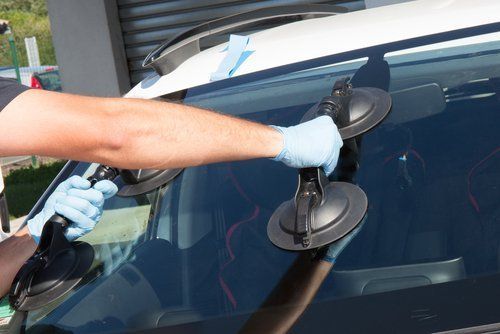What to Look for in a Quality Windshield Repair Technician?
Windshield repair is an important part of vehicle maintenance and can help you avoid costly replacements. It’s essential to understand the different methods of windshield repair so that you can choose the right option for your car. This article will provide a comprehensive overview of the different types of windshield repair, including the advantages and disadvantages of each.
Traditional Repair Methods
The most common type of windshield repair is traditional repair, which involves using a special adhesive material to fill in cracks and chips on the surface of the glass. The adhesive is applied directly onto the damaged area and then dried with a heat gun or UV light, which helps it bond to the glass surface. Traditional repair kits are widely available in auto stores, making them one of the most convenient options for repairing minor damage to your car’s windshield.
However, traditional repairs may not be suitable for more serious damage such as deep cracks or large chips that cannot be filled in with adhesive material. In these cases, other more advanced methods may need to be used instead.

Injectable Repairs
Injectable repairs are a more advanced version of traditional repair methods that use a special resin-like substance to fill in larger cracks or chips on the surface of your windshield. The injectable material is injected into the damaged area using either pressure or vacuum depending on what type of injection system is being used. Once injected, usually by hand, it takes about 30 minutes for the resin-like material to dry and create a strong seal between the glass and its frame. Injectable repairs are typically more expensive than traditional repairs but they are also much stronger and more reliable in fixing larger cracks or chips on your windshield.
Vacuum-Assisted Repairs
Vacuum-assisted repairs are similar to injectable repairs but involve using a specialized machine that simultaneously injects and extracts air from the damaged area while injecting resin-like material into it at high pressures. This method ensures that all air pockets are removed from around the cracked or chipped area before sealing it up with resin-like material for maximum strength and reliability when repairing your windshield. Vacuum-assisted repairs take longer than both traditional and injectable repairs but may be necessary if you have major damage that needs to be fixed quickly and securely.
Conclusion:
Windshield repair is an important part of vehicle maintenance and there are several different methods available for doing so. Traditional repair involves filling minor chips or cracks with adhesive material while injectable repairs use special resin-like substances to fill larger damages such as deep cracks or large chips in your windshield glass surface. Finally, vacuum-assisted repairs use specialized machines that combine air pressure with injection techniques to ensure a strong seal when filling up large areas on your car’s windshield glass surface quickly and reliably. While all three methods have their own pros and cons, understanding each will help you determine which one is best suited for repairing your car's windshield correctly without costing too much money in labor costs as well as materials needed for replacement purposes if necessary.
